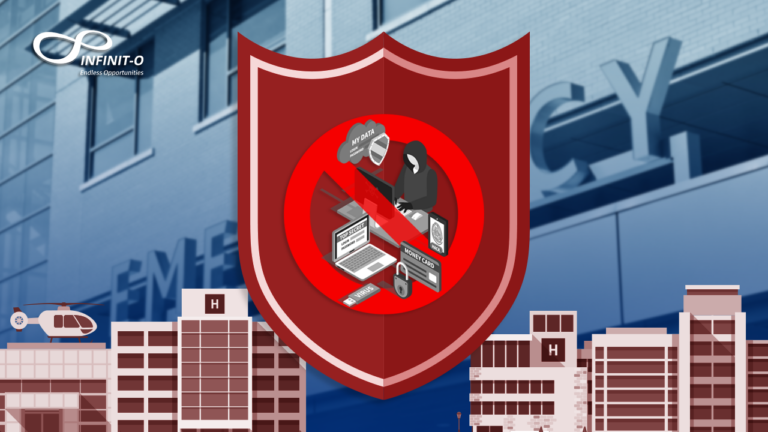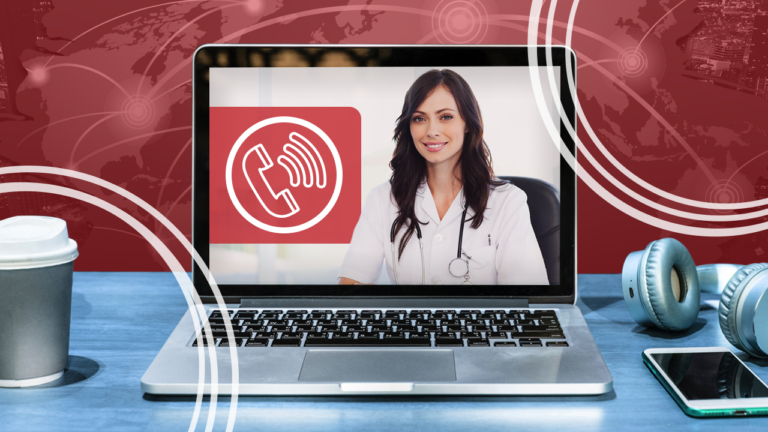9 Key Success Metrics for Telehealth Services

Telemedicine provides immediate healthcare services through information and communication technologies. In other words, you can now consult online with a doctor no matter how far the hospital may be from your home. Healthcare organizations are offering a wide range of telehealth services to patients, such as the tele-ICU, telecardiology, and other variants. Tapan Mehta, head of Cisco Systems’ global healthcare marketing has seen “a number of hospitals and clinics integrate telehealth technologies for a variety of use cases such as teledermatology, teleradiology, telestroke, etc.” He elaborates that the Stanford Dermatology Clinic now offers a weekly teledermatology clinic as part of its “outreach, treatment, referral, and consultative capabilities.”
Telehealth is also a hospital’s way of controlling readmission and to expand their customer reach, according to Rene Y. Quashie, senior counsel in the Health Care and Life Sciences practice of Epstein Becker. There are clearly many benefits to telehealth but how does a hospital or clinic measure success once this service is implemented? Here are the metrics both your hospital staff and business managers need to look at to track, improve, and measure your healthcare institution’s success:
1. Consultation Time
This operations metric measures how fast healthcare providers are able to respond to each consultation request. The faster it is, the higher you save in time. You can benchmark the time between a consultation request and the doctor’s response compared to how it would have been done in person. It’s important for the time to be faster and shorter, but without compromising the quality care provided.
2. Accuracy of Diagnoses
As indicated earlier, a faster response rate should not come at the expense of an accurate and thorough diagnosis. Provide your healthcare staff with an efficient platform that’s easy to operate, access, and allows them to be present when communicating with the patient.
3. Rate of Readmission
If your company includes remote patient tracking, your service can respond immediately when intervention is necessary. From this, you can use the readmission rate to measure how the remote monitoring is able to prevent further injury, infection, and other problems.
4. Quality of Service & Technology
To effectively execute telemedicine, you need tools that will make the process convenient for all involves parties. Before anything else, the quality of service and technology has to be measured and achieve the highest score possible. You cannot provide effective consultations without the right connections. At the same time, your clinic’s reputation will depend on how services are rendered. The staff should be well-versed in the technology and know how to utilize it such that the patient doesn’t feel the need to visit a hospital. Your company can maximize technology through enough C-level support and the buy-in of your physicians.
5. Patient and Clinician Retention
This metric is particularly crucial for telehealth services targeting rural communities. You want to target and sustain the market that will benefit the most from telemedicine. It goes two ways, as you also need to ensure all clinicians stay on board to help establish brand loyalty among the community. If you’re an urban-based hospital or clinic, you can look at the travel time or distance that patients save with your telehealth services.
6. Time and Travel Saved for Doctors
Patients aren’t the only ones who want to avoid traveling distances. Your telemedicine’s effectiveness is also measured by your doctor’s efficiency. Since they see patients at home, then they gain more time from not having to drive or travel to the hospital or clinic. See if there has been an increase in patient consultations compared to in-house ones.
7. Treatment Plan Adherence
Patients recovering after a surgery or suffer from chronic conditions can be given remote patient monitoring platforms to assist them in their treatment plans. The monitoring system can provide them all the necessary information, such as reminders and checklists they can easily refer to. Access to the device allows you to track and measure the patient’s adherence to the treatment plan.
8. Referrals
Your online platform can also lead patients to use your company’s other in-network services. Take a look at the platform’s effectiveness in leading patients to avail of other telehealth services they may or may not be looking for. This is also a good measure of additional revenue and overall brand loyalty.
9. Current Patient Retention
The convenience and accessibility of telemedicine can encourage patients to return when needed. Unlike physical, hospital visit healthcare, telehealth services are in real time and remove all inconveniences connected with a regular, traditional visit. Measure how your patient retention rates increase after they have availed of telemedicine.
Many clinics and hospitals, however, are hesitant about making such an investment to their business. They cannot afford the potential increase in costs. However, this worry can be remedied by leaving it to the hands of experts. Outsourcing company Infinit-O has the expertise and technology to provide high-quality solutions for your company’s telehealth potential. We offer strategic advice that lets you focus efforts on areas with the best outcomes. We also give access to cost-effective offshore healthcare support that leads to financial success and quality of patient care. Get in touch with us today for endless business growth opportunities.







This site is protected by reCAPTCHA and the Google Privacy Policy and Terms of Service apply.